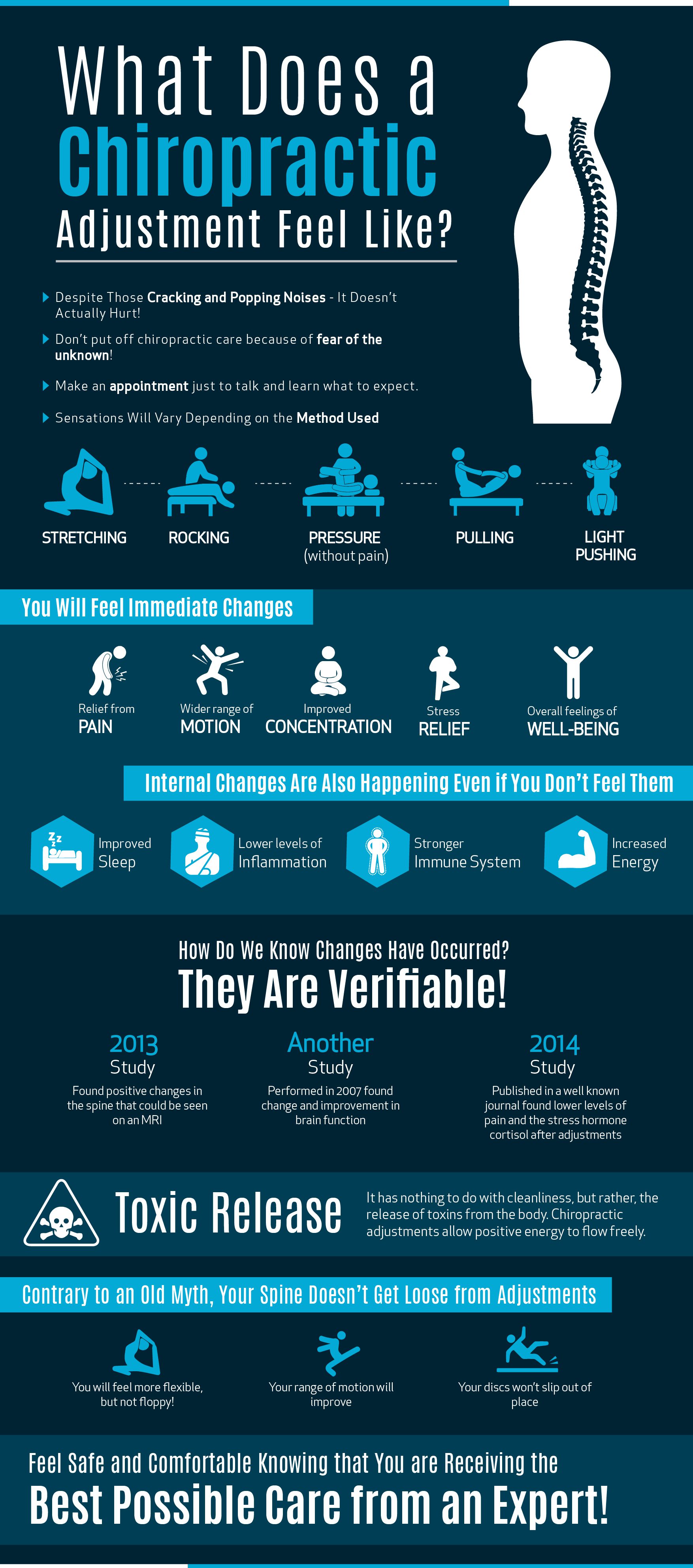Trick Daily Routines That Lead To Pain In The Back And Just How To Mitigate Their Effects
Trick Daily Routines That Lead To Pain In The Back And Just How To Mitigate Their Effects
Blog Article
Web Content Produce By-Vega Schaefer
Keeping correct position and staying clear of usual pitfalls in daily activities can considerably impact your back health. From how constant back pain rest at your workdesk to just how you lift heavy things, tiny adjustments can make a large distinction. Visualize a day without the nagging neck and back pain that hinders your every move; the solution may be simpler than you assume. By making a few tweaks to your day-to-day behaviors, you could be on your means to a pain-free presence.
Poor Position and Sedentary Way Of Living
Poor position and a sedentary way of living are two significant factors to back pain. When you slouch or hunch over while resting or standing, you put unneeded strain on your back muscle mass and spine. This can lead to muscle mass inequalities, stress, and at some point, persistent back pain. Furthermore, sitting for long periods without breaks or exercise can weaken your back muscle mass and result in tightness and discomfort.
To fight mouse click the next web page , make a conscious initiative to rest and stand up directly with your shoulders back and aligned with your ears. Remember to maintain your feet flat on the ground and prevent crossing your legs for prolonged periods.
Incorporating routine stretching and reinforcing workouts right into your day-to-day routine can likewise aid enhance your position and alleviate neck and back pain associated with an inactive way of life.
Incorrect Lifting Techniques
Improper lifting methods can dramatically contribute to back pain and injuries. When Get More Information raise heavy things, keep in mind to bend your knees and utilize your legs to lift, rather than counting on your back muscles. Avoid twisting your body while training and maintain the object near your body to minimize stress on your back. It's vital to preserve a straight back and stay clear of rounding your shoulders while raising to stop unneeded stress on your back.
Constantly assess the weight of the object before raising it. If it's too heavy, request aid or usage equipment like a dolly or cart to deliver it securely.
Bear in mind to take breaks during lifting jobs to offer your back muscular tissues a possibility to rest and avoid overexertion. By applying correct lifting techniques, you can avoid back pain and lower the threat of injuries, ensuring your back stays healthy and balanced and solid for the long term.
Absence of Regular Workout and Stretching
A less active way of living lacking routine exercise and extending can significantly add to back pain and pain. When you do not engage in exercise, your muscular tissues become weak and inflexible, leading to poor pose and increased stress on your back. Routine exercise helps reinforce the muscular tissues that sustain your spine, boosting stability and decreasing the risk of neck and back pain. Incorporating stretching into your routine can additionally improve adaptability, preventing tightness and discomfort in your back muscles.
To stay clear of back pain triggered by an absence of workout and stretching, aim for at least thirty minutes of moderate exercise most days of the week. Consist of exercises that target your core muscles, as a strong core can aid ease stress on your back.
Furthermore, take breaks to extend and relocate throughout the day, especially if you have a workdesk task. Straightforward stretches like touching your toes or doing shoulder rolls can help relieve tension and stop back pain. Focusing on regular exercise and stretching can go a long way in maintaining a healthy back and lowering pain.
Final thought
So, remember to sit up straight, lift with your legs, and stay active to stop pain in the back. By making straightforward changes to your day-to-day habits, you can avoid the pain and constraints that include neck and back pain. Care for your back and muscular tissues by exercising great pose, appropriate training strategies, and routine exercise. Your back will thanks for it!
